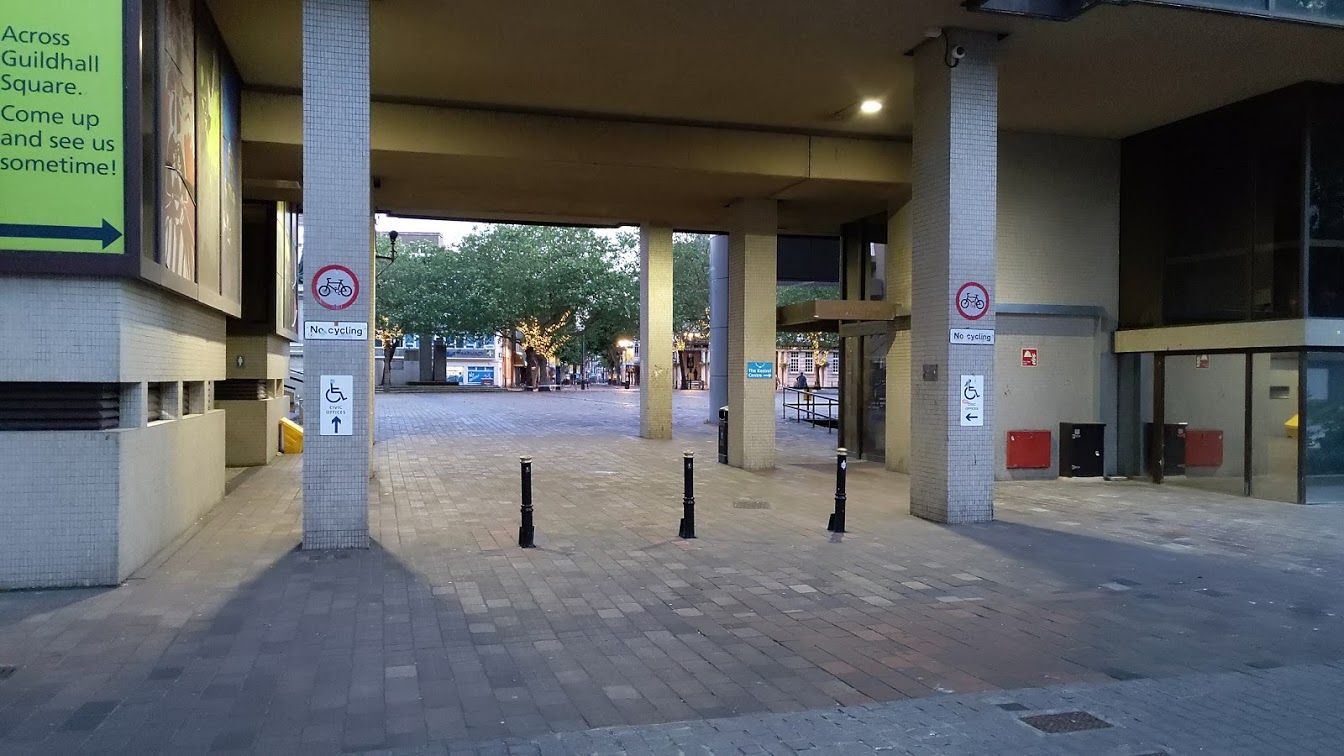There’s a plan afoot. A Local Cycling and Walking Infrastructure Plan, or LCWIP, to be precise.*
Ever since our inception, PCF has been pushing Portsmouth City Council (PCC) to put together a proper network plan for cycle infrastructure around the city, instead of delivering piecemeal changes when it’s easy to do so. We even had a go at creating the network ourselves through our “tube map” project which kicked off at the 2017 Annual General Meeting and can be found here.
Government’s publication of the Local Cycling Walking Infrastructure Strategy (LCWIS) in 2017 called on all local highway authorities to create an LCWIP. Gov provided a step-by-step guide to ensure that these plans were made properly, and has since stated that future funding will be dependent on a completed plan.
The six steps are:
After around two years of development (held up by COVID19 no doubt), PCC’s draft LCWIP was put out to consultation in late summer 2020. It sets out short, medium and long term plans for delivering improvements to walking and cycling networks across the city. You can find the full document here.
Whilst we are over the moon to finally see a long term network plan, we have very deep concerns with the content. The plan lacks the ambition and drive to deliver on the ambition of the Local Transport Plan 4**, and the Climate Change Emergency declaration for the city to be carbon neutral by 2030.
Our response to PCC can be summarised in four themes. The plan must:
- Move faster and be more ambitious.
It should be updated in light of new government guidance (Gear Change policy and Local Transport Note 1/20). It should include a user hierarchy; with walking and cycling at the very top. The plan should gain cross party support to work together and avoid u-turning every time something bold (but absolutely needed) is installed. It should include complete maps for future routes, even if it has to acknowledge that they will take longer than ten years to deliver. It should commit to developing studies so PCC is ready to bid every time any money becomes available, and make the most of opportunities through maintenance and renewal projects e.g. not reinstating painted cycle lanes that are too narrow and encourage close passes.
- Consider alternative routes, not just the existing highway network
In the plan, the city centre is a “TBC” box - despite all bar one cycle route passing through it. Any future plans for the city centre must be compliant with the new cycle design guidance (LTN1/20) to avoid ending up with the situation we’ve suffered for decades along Hope Street with a very narrow path, shared with pedestrians, with blind angles next to a 40mphy dual carriageway. The should give more regard to off-highway routes such as Tipner Path and Tipner Bridge. When looking at the existing network, it should highlight the barrier that on-street parking poses to being cycling, and include details on how existing routes will be enforced against parking on advisory cycle routes, double yellow lines, and pavements.
- Add missing east-west routes
There are very few east-west routes in the plan - particularly in the north of the city. PCF produced our Network Quality Map (also known as the big map) in insert year and shared it with PCC. Our map, which was developed with guidance from Cycling England and input from our members), includes more east-west routes which we feel should be added. The plan should also commit to adapt as more data becomes available - as per the DfT guidance, it is based on the 2011 census, but this is very old and new sources, such as Strava Metro, could help refine and improve it. Who knows what the 2021 census will offer if everyone is working at home!
- Provide for journeys outside of the City Centre
All but one route in the draft LCWIP go through the city centre - this doesn’t make a whole lot of sense to us as it would add time on a journey from, say North End to Southsea. We’d like to see more detail on alternative routes and also details on how a “tertiary” network might be provided through local traffic neighbourhoods which are included in the new Local Transport Plan 4. We want to see the LCWIP include a map of all commute journeys taken in the city that are under 2km and 5km to show the clear potential that walking and cycling have to offer the city. Finally, we’d like PCC to commit to deliver infrastructure that caters for all types of bikes in the future - including cargo bikes and bikes adapted for people with a disability.
Our full response can be found here insert link. We have been as constructive as possible in our response, and as always, offered to work with PCC as they develop their plans so they can benefit from the cycled experience of over 400 people in the city (that’s us!) We’ll be keeping a close eye on future plans and hope to see our suggested improvements to the plan included in the final version when it is adopted.
*Common consensus is that it’s pronounced Elsie-whip and not Elswip, but no one really minds either way.
** Local Transport Plan 4 was also recently out to consultation - you can see our response here.

